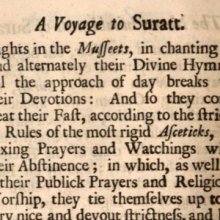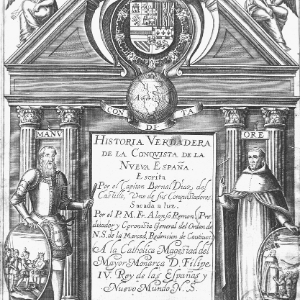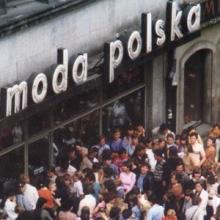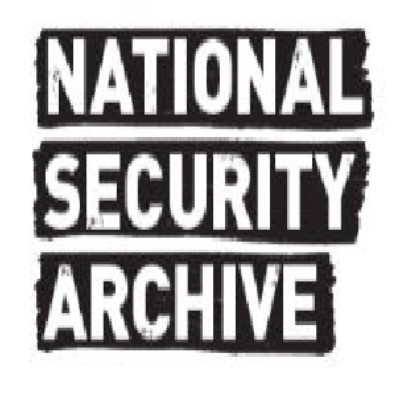Trade

The Story of Africa
Each segment provides a selection of quotes from primary sources that illuminate specific issues. There are many gems to mine. They range from original lyrical quotations that capture the imagination...to arresting images of initiation rituals and political power.
Internet Ancient History Sourcebook
This site was designed to provide classroom teachers with an extensive, well-organized collection of ancient Mediterranean literary texts and, to a lesser extent, art and archaeological sources.
Sejarah Melayu: The History of the Malay Peninsula
Internet resources dealing with Malaysian history are difficult to locate. Although this site has some shortcomings, it remains one of the most accessible sources for such information.
Short Teaching Module: John Ovington's A Voyage to Surat in the Year 1689
With its strong emphasis on commercial and cultural interactions, the Advanced Placement World History course is enriched by student exposure to the accounts of traders and travelers.

The Florentine Codex
This is an excerpt from the twelfth book of the Historia general de las Cosas de Nueva España (General History of the Things of New Spain), an encyclopedic work about the people and culture of central Mexico compiled by Fray Bernardino Sahagún (1499-1590).

The True History of the Conquest of New Spain
This is an excerpt from the Historia Verdadera de la Conquista de la Nueva España (The True History of the Conquest of New Spain) by Bernal Díaz del Castillo (1492-1581).

Short Teaching Module: Consumerism in Poland
Throughout Eastern Europe, the decade of the 1980s was a time of significant change, including the everyday lives of average citizens.

National Security Archive: Sources on Latin America
The documents on the website provide students the opportunity to construct their own historical interpretations.Women’s Reflections on Food Rationing in the 1980s
During a series of oral history interviews conducted in Braşov, Romania, during the summer of 2003, “S” and “M” discuss the various strategies they used to procure food and concoct meals for their families during the period of rationing in the 1980s.
Price Increases in Eastern Europe with Special Regard to Hungary
One of the most significant differences between the functioning of the East European Communist economies and the mixed-market economies of the West was the way in which prices for goods and services were determined.